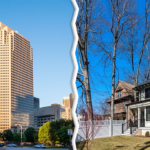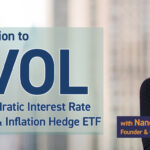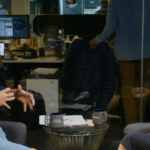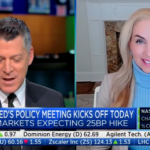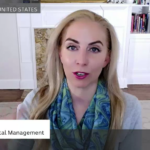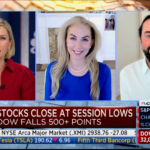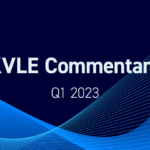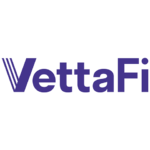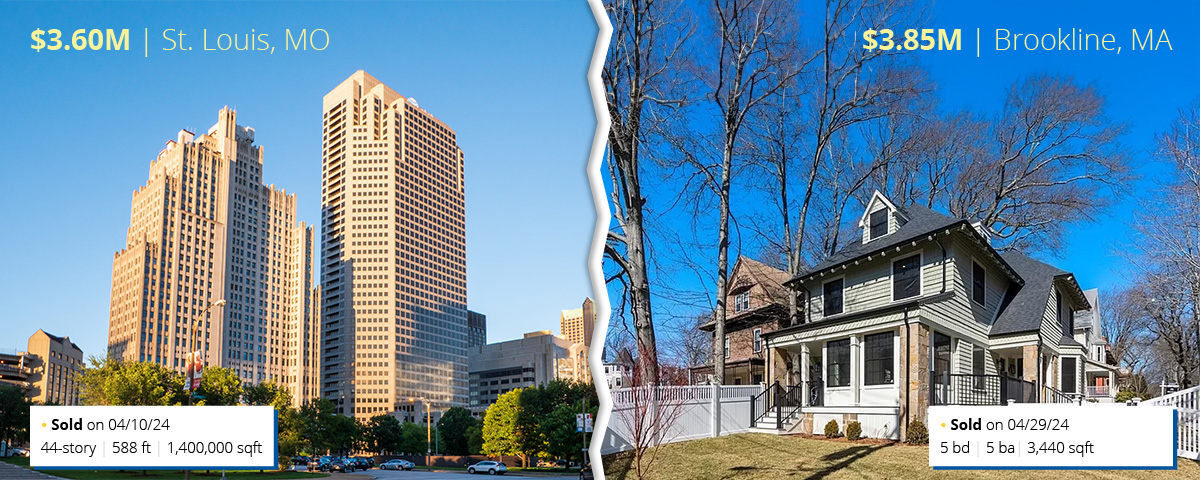
Location, Location, and KVLE
Suppose you have $3.6 million to buy some real estate. What can you get? In the nicer suburbs of the Northeast, you could buy a very comfortable house. Nothing flashy. Five or six bedrooms, a newer kitchen, a large level lot with mature landscaping, maybe a pool, and good schools.
But perhaps you want more space, and the Heartland appeals to you. If so, look for something like 909 Chestnut Street in St. Louis, which sold a few weeks ago for $3.6M. With 1,400,000 square feet of space, it is the largest building in Missouri. It also has the most stories (44) in the state, although it is five feet short of being the tallest. A new owner could install a flagpole on the roof.
Of course, there are issues. There are few if any, full baths. If there is a kitchen, we are sure it needs updating. The schools could be better. But the views from the top floors must be breathtaking, and plenty of off-street parking exists.
The purchase price for 909 Chestnut is $2.57 per square foot. In the less fashionable parts of New York’s outer boroughs, apartments that rent for $2.57 per square foot per month can be found with some difficulty.
It takes little insight to see that real estate in the US is in what an economist might call a disequilibrium. Prices across different sectors and geographies are so far out of alignment that a violent correction in one direction or another seems likely.
It is possible that now is a heroically brilliant time to invest in real estate. Or this could be an epically lousy time. Our crystal ball is hazy, but we can be sure this is an exciting time.
The problem is that many investors choose real estate to avoid excitement. What could be more reassuringly calm than high dividends backed by class-A downtown office space? As it turns out, quite a few things have been more relaxed over the past few years, and the near future does not look any calmer.
One of the significant challenges of investing is that there are very few “pure plays.” You want exposure to something desirable, such as a high dividend yield, but you cannot buy just that thing alone. You can buy investments that have a lot of what you want but also come with a collection of exposures to other things, such as high interest rates and changing office use patterns post-COVID.
What can you do? We believe investors should consider diversification.* Real estate, utilities, and telecommunication companies pay high dividends and carry additional risks. But they carry different risks.
The KraneShares Value Line® Dynamic Dividend Equity Index ETF (Ticker: KVLE) invests in several high-dividend industries and higher dividend-paying stocks from many other industries. The portfolio is designed to produce potentially higher dividends than the S&P 500 while maintaining a similar sector weighting. This can potentially help investors avoid concentration risk from holding an outsized weight in a single sector, such as real estate.
KVLE had 6.8% of the fund in five real estate investment trusts (REITs) as of the end of April. The five included an owner of shopping malls, two owners of cell phone towers and infrastructure, an owner of self-storage facilities, and an owner of data centers. KVLE also held 9.97% in electric utilities, 6.63% in consumer staples, and 5.92% in process industries. Each of KVLE’s 70 holdings carries risks, but diversification means that KVLE is much less risky than typical single-industry ETFs and still delivers a high dividend.
For KVLE top 10 holdings, and other fund information, please click here.
*Diversification does not ensure a profit or guarantee against a loss.


